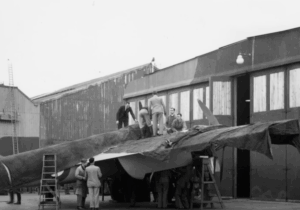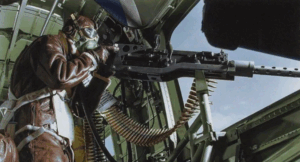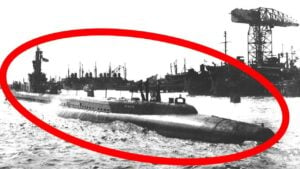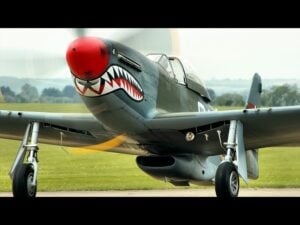Top 5 Countries with the Highest Aircraft Losses in World War II
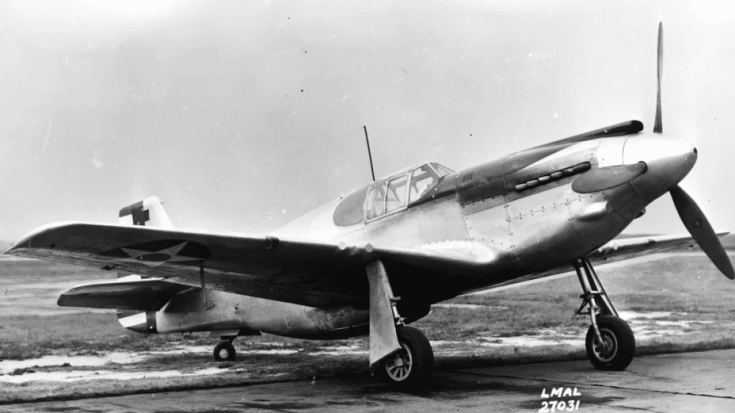
YouTube / Megaprojects
World War II was not only a battle of soldiers on the ground but also a massive air war. Nations invested heavily in their air forces, building thousands of aircraft for bombing, escort, reconnaissance, and combat. However, many of these planes never returned from their missions. The following five countries suffered the highest aircraft losses during the war, with each case reflecting the scale and reach of their air operations.
5. United Kingdom
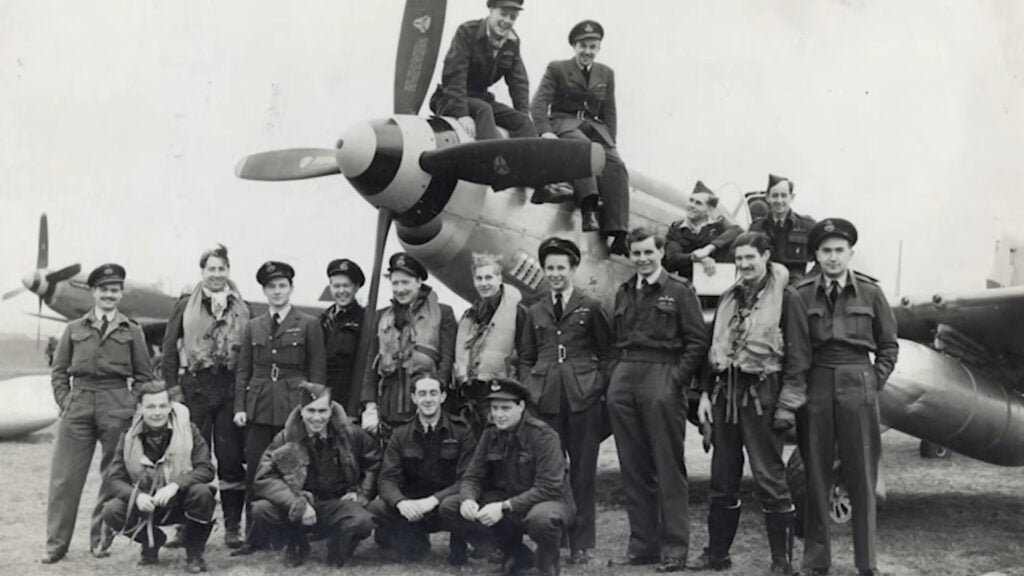
The United Kingdom recorded around 22,100 aircraft lost during the war. This included aircraft from both the Royal Air Force and the Royal Navy’s Fleet Air Arm. Within this number were about 10,045 fighter aircraft and 11,965 bombers. Most of these losses took place in Europe.
Nighttime bombing raids over German-held territories were especially dangerous. The British bombing campaign played a key part in pressuring German forces, but it came at a high cost. Although some aircraft were also lost in Asia and the Pacific, the largest losses occurred over Europe, especially during night raids and strategic bombing missions.
4. United States
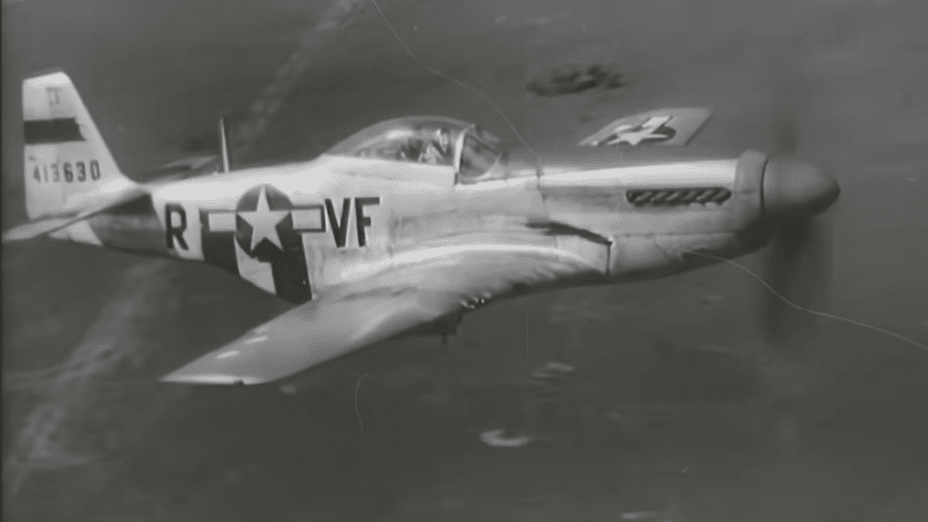
The United States lost nearly 45,000 military aircraft during World War II. Of these, about 22,951 were operational losses. These included 18,418 aircraft in Europe and 4,533 in the Pacific theater. The rest were lost during training, transport missions, and other non-combat situations.
America’s involvement in both the European and Pacific fronts required an enormous number of aircraft and pilots. With operations in North Africa, Asia, and the Pacific islands, the U.S. Army Air Forces maintained a wide presence. Heavy bombing campaigns over Europe and island-hopping missions in the Pacific contributed to the high number of aircraft that did not return.
3. Japan

Japan lost between 35,000 and 50,000 military aircraft during World War II. The most accurate figures suggest about 20,000 were lost in combat. Final numbers are difficult to confirm due to poor recordkeeping and the collapse of central command near the war’s end.
Japanese aircraft losses grew significantly during the final years of the war. Carrier battles, bombing raids, and kamikaze missions all contributed to the destruction. Despite building thousands of planes, Japan’s lack of industrial resources and limited fuel supplies made it hard to keep planes in action. Many were used in desperate attacks or flown by inexperienced pilots, further increasing the number lost.
2. Germany
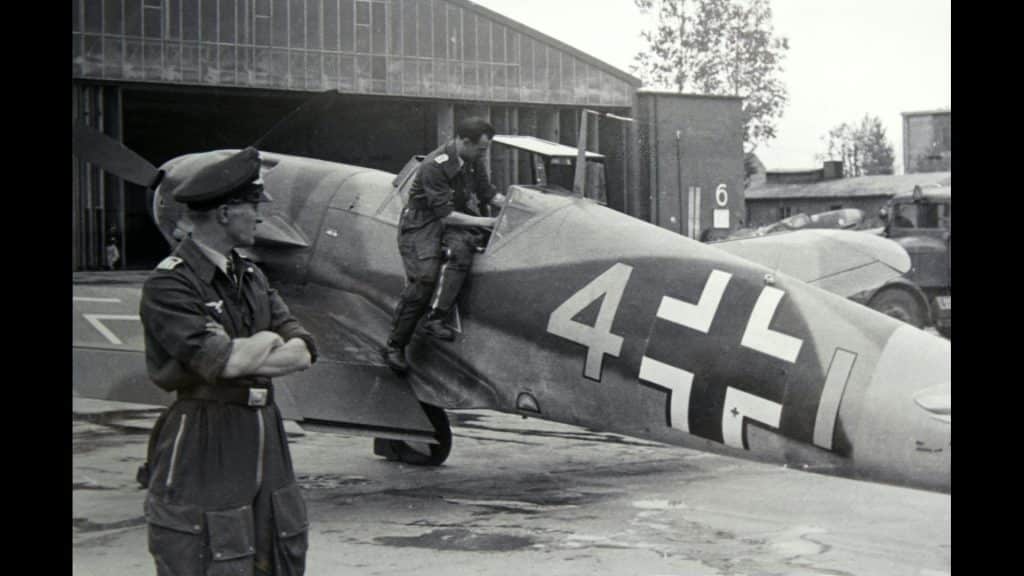
Germany suffered about 70,000 total aircraft destroyed. In addition, around 46,875 aircraft were badly damaged and could not be repaired, bringing total attrition to more than 116,500. The Luftwaffe was involved from the early stages of the war and faced growing pressure as the war continued.
Aircraft losses included roughly 41,452 fighters and 22,037 bombers. They also lost over 15,428 training aircraft, along with thousands more used for ground attack, reconnaissance, and transport. Germany’s intense early campaigns in Europe gave way to a desperate defense against Allied bombers, particularly over its own territory by the later years of the war.
1. Soviet Union
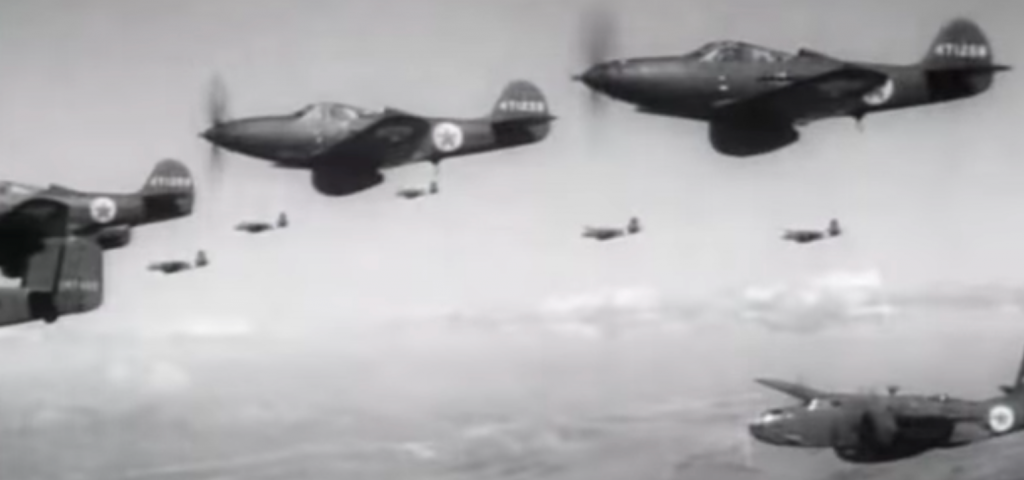
The Soviet Union lost about 106,400 military aircraft during the conflict. Of these, around 46,100 were lost in combat, while the remaining 60,300 were lost due to accidents, mechanical failures, or poor weather. The Soviet Air Forces also received approximately 18,300 aircraft from Allied nations under the Lend-Lease program, many of which were also lost.
Fighting on the Eastern Front was intense and unforgiving. The Soviets pushed out large numbers of aircraft quickly, often placing speed of production over durability. Aircraft were sent into battle with young or barely trained pilots, leading to high attrition rates. The constant back-and-forth nature of the frontlines meant planes were often pushed to their limits.














